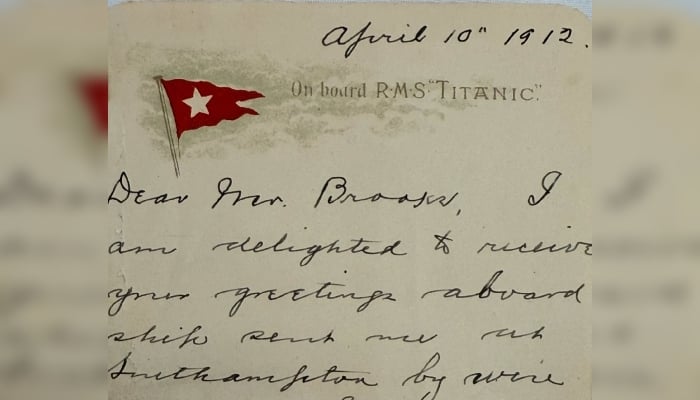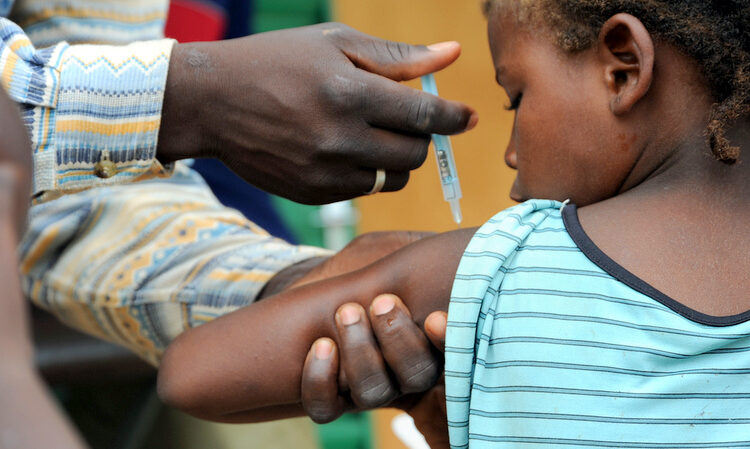Daily communication can make or break relationship satisfaction for FIFO workers separated from their partners, new research shows, offering industries a roadmap to better support worker wellbeing. Study: Communication and relationship satisfaction of Fly-in, Fly-out workers and partners . Image Credit: Adwo / Shutterstock Researchers from Central Queensland University reveal that the relationship satisfaction of Fly-in, Fly-out (FIFO) workers largely depends on the time spent communicating with their partners.
The findings highlight the importance of quality communications between partners and are published in the journal PLOS ONE . Background Household incomes averaged $190,000 AUD, suggesting financial stability among participants, a factor that may buffer stress but didn’t eliminate communication-related satisfaction gaps for workers. Fly-in, fly-out (FIFO) work involves temporarily transporting workers to remote work locations and accommodating them at the workplace for 1–4 weeks while on shift.

FIFO work arrangements are common in mining, oil and gas, and construction industries. Approximately 20% of regionally based male Australians are employed in fly-in, fly-out (FIFO) organizations, primarily in the mining and construction sectors. The primary benefit of this type of work is a higher income compared to Australia's median personal income.
While FIFO workers are mentally benefited by the unique opportunities to experience new work locations and meet new people, they sometimes experience psychological distress because of inadequate sleep, and more importantly, due to physical separation from their partners for 1–4 successive weeks. Although it is known that individuals in long-distance relationships tend to experience elevated stress both within and outside of the relationship, little is known about the relationship satisfaction of FIFO workers and their partners. The current study examined whether there is a difference in relationship satisfaction between FIFO workers and their partners when the workers are on shift (away from home) and off shift (living with partners at home).
They also explored whether the time spent communicating with partners can influence relationship satisfaction. Study design This study was part of the FIFO Lifestyle Project, a repeated assessment study that evaluates the physical, mental, and social impacts of FIFO work. A total of 64 FIFO workers and 42 partners of FIFO workers participated in daily surveys to self-report time spent communicating with their partner, either in person, over the computer, or by phone, and relationship satisfaction for up to 7 days during on-shift and 7 days during off-shift periods.
Within the sample, only 19 couples had both romantic partners participating in daily surveys, while most participants were in relationships where their partner did not participate. Relationship satisfaction was measured using a single-item question adapted from a validated relationship scale, rather than a full multi-item scale, to minimize participant burden associated with daily reporting. Study findings Participants completed only half their daily surveys on average, with workers being less consistent during on-shift periods, hinting at challenges in maintaining study routines during demanding work schedules.
The study found significant differences in relationship satisfaction between FIFO workers and their partners, as well as between on-shift and off-shift days. Specifically, a substantial reduction in relationship satisfaction was observed among FIFO workers during on-shift days compared to off-shift days. However, a similar trend was not observed among partners of FIFO workers.
Both FIFO workers and partners reported spending more time communicating with each other during off-shift days than during on-shift days. However, the difference in communication duration between on-shift and off-shift days was significantly higher among FIFO workers than among FIFO partners. Notably, the study found that the significant difference in relationship satisfaction experienced by FIFO workers between on-shift and off-shift days completely disappeared after adjusting for the time spent communicating with partners.
Study significance The study finds that FIFO workers, but not their partners, remain less satisfied with their relationships when they are away from home at the worksite. The study also reveals that the time spent communicating with partners during on-shift days has a significant influence on the satisfaction level of FIFO workers. The study found no similar reduction in relationship satisfaction among FIFO partners observed in FIFO workers.
This could be because the sample included only a small number of couples in which both partners participated in daily surveys, while most participants’ partners did not participate. Therefore, future studies with larger samples of both partners in a relationship are needed to more conclusively understand the impact of the FIFO work pattern on relationship satisfaction. Relationship satisfaction varied more between individuals than day-to-day for the same person, implying stable personal traits or partnership dynamics play a larger role than daily fluctuations.
Notably, the study finds that the negative impact of on-shift days on the relationship satisfaction of FIFO workers disappears when they spend more time communicating with their partners. This finding highlights the importance of communication in maintaining relationship satisfaction and informs FIFO industries to develop strategies that ensure quality communication between partners when workers are on-site and partners spend extended periods away from each other. FIFO industries may also provide relationship maintenance training to support the relationship between FIFO workers and their partners.
FIFO workers should also be provided with sufficient resources, such as an internet connection, and time to communicate with partners and family members while on-site. Due to the observational study design, the causal direction of the effects cannot be established. Although the study finds that the time spent communicating with a partner influences relationship satisfaction, it remains possible that the shorter communication duration between partners is driven by general dissatisfaction in the relationship.
The authors also note that the content or quality of communication, rather than just the amount of time spent, may be important for relationship satisfaction, a factor future studies should investigate. Future studies should focus on identifying the directionality of these effects and evaluating the content or quality of communication to inform interventions aimed at improving the overall quality of life for FIFO workers. Forshaw, A.
2025. Communication and relationship satisfaction of Fly-in, Fly-out workers and partners. PLOS ONE, DOI: 10.
1371/journal.pone.0322337, https://journals.
plos.org/plosone/article?id=10.1371/journal.
pone.0322337.
Health

Want better FIFO relationships? Prioritize communication, researchers advise

Researchers from Central Queensland University found that fly-in, fly-out (FIFO) workers experience lower relationship satisfaction when away on shift, primarily due to reduced communication with their partners. Ensuring consistent communication mitigates these negative effects.















